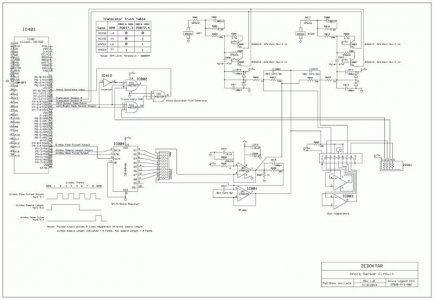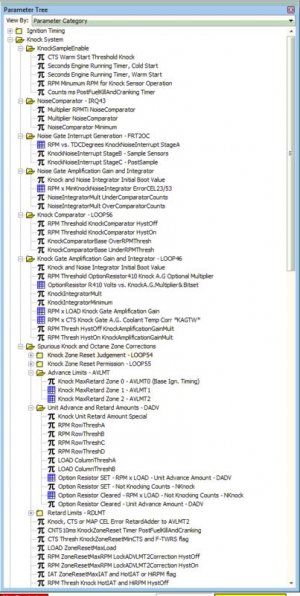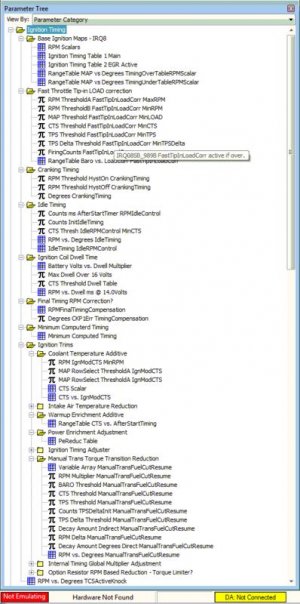And to clarify again - you are working on the OBD1 NSX ECU only? Do you have any understanding of how the OBD2 ECU differs?
Given the low production volume (and engineering effort) Honda put into the car after it was launched, I would imagine they tried to change as little as possible, adding DBW and the OBD2 protocol implementation while leaving everything else (as close to possible as) alone...
It is my understanding that the OBDII ECUs are unique from the OBDI ECUs and to all other Honda Products as it seems our DBW system is Unique to the NSX, by the time Honda got around to adding DBW to other Honda engines they abandoned this type of throttle body and used a more industry standard unit that is still being used on modern engines. There was changes in the ECU and TB along the way from the 1995 to 2005 as the part number for the various years are different:
Year ECU Part Number TB Part Number
1995 - 37820-PR7-A33 - 16400-PR7-A31 Discontinued
1996 - 37820-PR7-A33 - 16400-PR7-A31 Discontinued
1997 - 37820-PBY-A05 - 16400-PR7-A32
1998 - 37820-PBY-A05 - 16400-PR7-A32
1999 - 37820-PBY-A05 - 16400-PR7-A32
2000 - 37820-PBY-A08 - 16400-PR7-A33 - Low Emission Vehicle (LEV) standard added
2001 - 37820-PBY-A08 - 16400-PR7-A33
2002 - 37820-PBY-A08 - 16400-PR7-A33
2003 - 37820-PBY-A08 - 16400-PR7-A33
2004 - 37820-PBY-A22 - 16400-PR7-A33
2005 - 37820-PBY-A23 - 16400-PR7-A33
I have done about as much research as I can on the TB as it was needed in my efforts to use the Infinity ECU from AEM. AEM has looked at the TB and has determined at least for now, they will not support it with their new ECU. As a result we will be forced to change to a supported TB w/DBW in order to use the Infinity on the OBDII cars. If we can crack the OEM OBDII ECU it would be the holy grail of NSX tuning. I know HP tuners just recently cracked the Viper Gen4 ECUs by erasing the entire ECU and loading a custom operating system on the OEM ECU so they can tune it. I am sure the effort to do this is enormous and the R&D and expertise to pull something like that off would be crazy but they did it for a very small market of cars as the Gen4's were made from 2008 to 2010 and only 2453 were made. Our production numbers stretch over 10 years, 3 TB changes, 5 ECU changes and only 3404 cars. In the case of the Viper they are charging nearly the price of a stand-a-lone ECU for the ability to tune the OEM ECU but I think as a tuner and NSX owner it would be worth the price to tune the OEM ECU and keep the OBDII systems active for emissions testing. This is the extent of my knowledge of the OEM OBDII ECU as I have no idea how to crack one of these units or even how to start a project like that. Hondata has cracked the S2000 ECU and offers a flash tune product but they have said in the past they have no interest in the NSX ECU as the production numbers are too low for a reasonable chance for return on their investment, for what it is worth they only offer a flash tune product for the 2006-2009 S2000 and they happen to be the first of the DBW S2000's and Honda lists the ECU as rewritable in their parts description no such luck for the NSX ECU.
Sorry for the Tread Jacking!!
Dave









